 Dialogue is a tricky little beast when you’re a new writer. From punctuation to making it sound realistic, there’s a lot that can go wrong. When done well, dialogue can be a true delight for the reader and make a story shine. But mess it up and, well…it can really put a damper on things.
Dialogue is a tricky little beast when you’re a new writer. From punctuation to making it sound realistic, there’s a lot that can go wrong. When done well, dialogue can be a true delight for the reader and make a story shine. But mess it up and, well…it can really put a damper on things.
Today, we’re going to look at some dialogue basics to get you started off on the right track. If you’re confused about punctuation, speech tags, or the difference between spoken and written dialogue fear not–keep reading and we’ll tackle them together!
Behind on the Writing 101 series? Click to catch up! Part 1 (The Fundamentals of Story), Part 2 (Writing Term Glossary), Part 3 (Creating a Successful Hero & Villain), and Part 4 (Unraveling Tension, Conflict, and Your Plot).
What is Dialogue?
Dialogue is the spoken words between two or more characters, which is signaled with quotation ” ” marks. Most of your story will consist of dialogue. Dialogue not only moves your story along, but it also helps reveal who your characters are.
However, dialogue in fiction is not the same as dialogue in real life. When we write dialogue for a story we are actually creating an artistic imitation of real speech.
Why? Because no one would want to read real-life dialogue. In real speech, people stammer, um and uh, talk over and interrupt each other, get distracted, forget what they were going to say, bring up random stuff, chit chat about the weather… Trust me, no one wants to read that! It would be a mess.
To really see the difference between real and written dialogue, take a look at this piece of dialogue I’ve transcribed from an interview with Doctor Who actor David Tennant:
“Obviously it’s–it’s eh every exciting to be around for eh the big celebration episode, you know. Ehm, it–it–it’s something that’s being talked about (sighs)–I mean the–the expectation has been I–I think since I left eh that I’d end up in this somehow because there is the precedent I guess for old Doctors coming back for a visit around the anniversary time. But ehm, but it was really only relatively recently that–that it-it became a definite thing so uh I-I-I was thrilled cause it’s a huge–it’s a huge thing for Doctor Who.”
You can watch the interview here if you’d like to hear it spoken. Now, can you imagine reading an entire book like that? And in a conversation with two people there would be even more interruptions and overlapping speech.
So how might the above dialogue look in a story? Probably something like this:
“Obviously it’s very exciting to be around for the big celebration episode. Since I’ve left the expectation, I think, has been that I’d end up in the episode somehow. There’s a precedent for old Doctors coming back for the anniversary but it wasn’t until recently it became definite. I was thrilled–it’s a huge thing for Doctor Who.”
See the difference? It reads smoother and easier while still sounding like real speech. Some of the wording and sentence structure has been altered, and the stammering and ums have been omitted.
I would highly recommend hopping on Youtube and watching a few interviews, paying attention to the flow of real conversations. Listen to how people talk in real life, and then grab a book and study the dialogue to see the differences.
In short, dialogue in fiction is carefully crafted with purpose in mind. That purpose is to: 1) Move the story forward, and 2) Characterize your hero and supporting cast with what they say and how they say it.
Speech Tags
As you learn more about writing, you might come across the term “speech tags.” A speech tag identifies which character is speaking. It usually involves words like said, asked, shouted, or whispered. Like so:
“Can we go to the movies?” Sara asked.
“Not until you’ve finished your chores,” her mother said.
New writers often fall into the mistake of thinking said is too boring and repetitive. They try to make their writing more colorful by using speech tags like bawled, affirmed, intoned, inquired, fumed, etc. The problem is, most of the time these words are redundant or unnecessary and only clutter the writing. We should be able to tell from the dialogue that a character is fuming, you shouldn’t need to tell us.
I highly recommend using said whenever possible because it’s invisible. It doesn’t draw attention to itself and readers don’t notice it because it’s used so often. This will also make your writing seem more professional. For a more in-depth discussion on why said is the best speech tag to use, check out my article here.
Punctuating Dialogue
When I first started writing, I was confused and intimidated by how to punctuate dialogue. Since I’ve always found books to be the best teachers, I grabbed books off my shelf and studied how the dialogue was formatted. I still remember scouring the pages of Harry Potter and the Sorcerer’s Stone wondering, does the comma go inside the quotations or outside?
Ah, memories.
Now I can punctuate dialogue with a thought–and eventually you will be able to do the same. With practice, it will come as natural as breathing. I’ve written a more in-depth post on formatting dialogue which you can read here, but for this post we’re just going to cover the basics.
Rule #1: Quotation marks are for spoken words only. A quotation mark signals to the reader that someone is speaking, so don’t use them for a character’s thoughts!
Rule #2: Ending punctuation, such as a comma, period, question mark, or exclamation point, always go inside the quotation marks. Like so:
“I don’t think we should go that way,” Jane said.
“Are you sure about that?” Ethan asked.
“I’m positive.”
Also, only use one punctuation mark at the end of a line of dialogue.
WRONG: “Is that the new dress you bought?,” he asked.
Rule #3: The first word after a line of dialogue is capitalized if 1) It’s a name 2) It does not describe who is speaking or how the dialogue is being spoken (aka a speech tag). Observe:
“What do you think you’re doing?” Ryan shouted.
“I was just trying to help.” The girl backed away.
WRONG: “I was just trying to help,” the girl backed away.
The first word after a line of dialogue is lower case if it’s indicating the speaker using an improper noun (he, she, it) and/or describing how something was said.
“Hand me that paint brush,” he said.
“You could at least say please,” the girl said with a huff.
Now It’s Your Turn
Now that you know the dialogue basics, it’s time to put them to work in your own writing. The best way to learn how to write better dialogue is with practice! Keep at it and you’ll be a pro in no time 😉 Have any questions about dialogue? Post them below!
P.S. Ready for the next part in the Writing 101 series? Click here for Part 6, Setting and Worldbuilding!










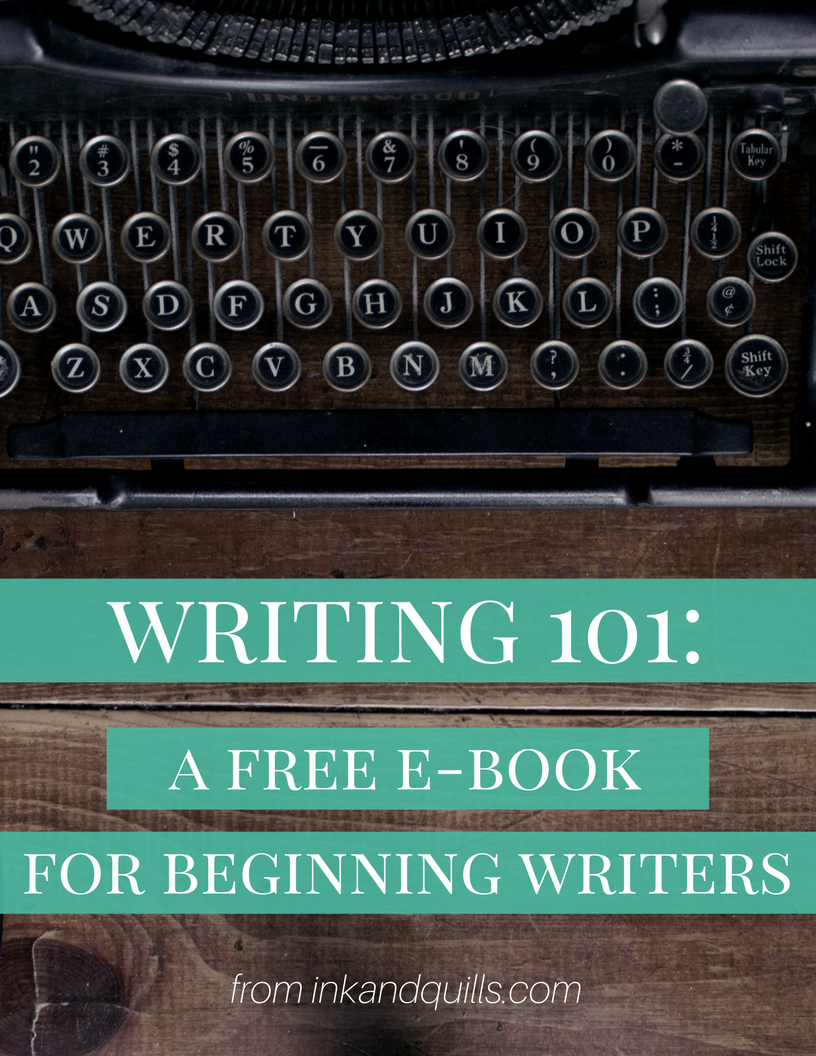

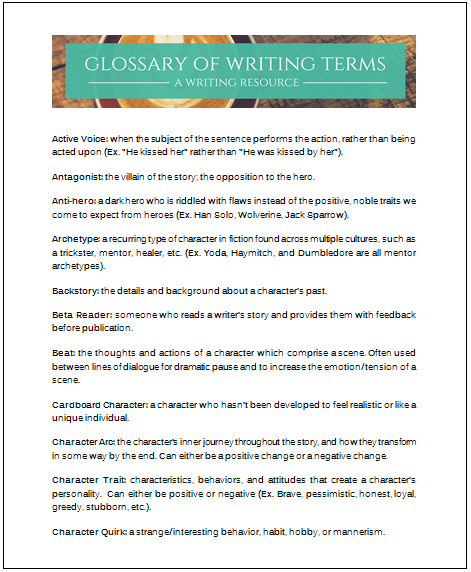

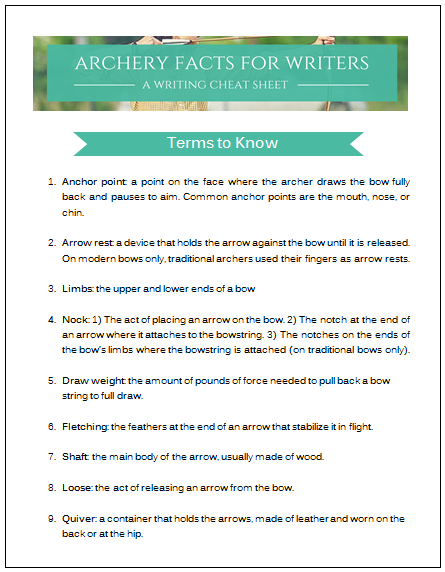



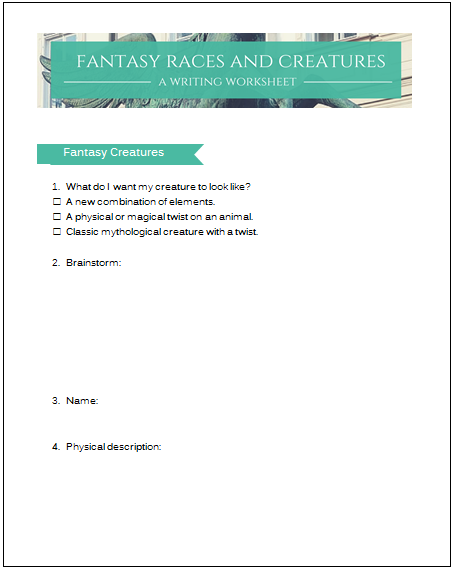


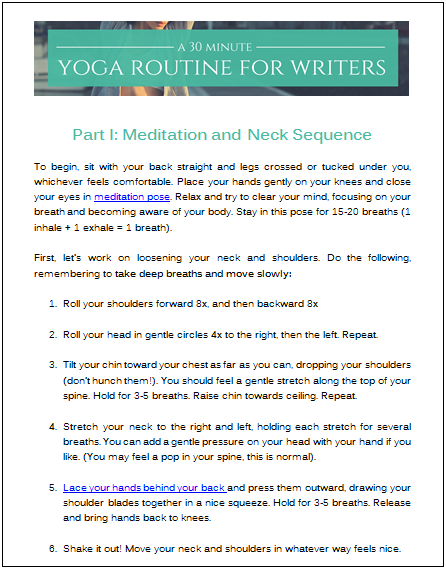
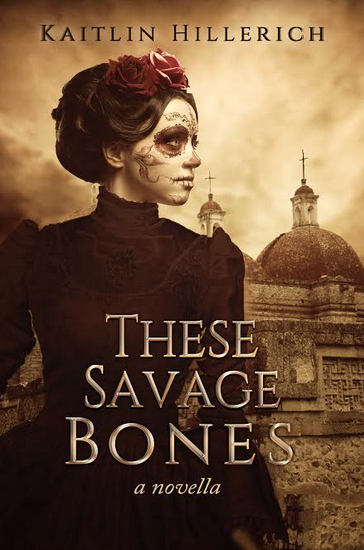
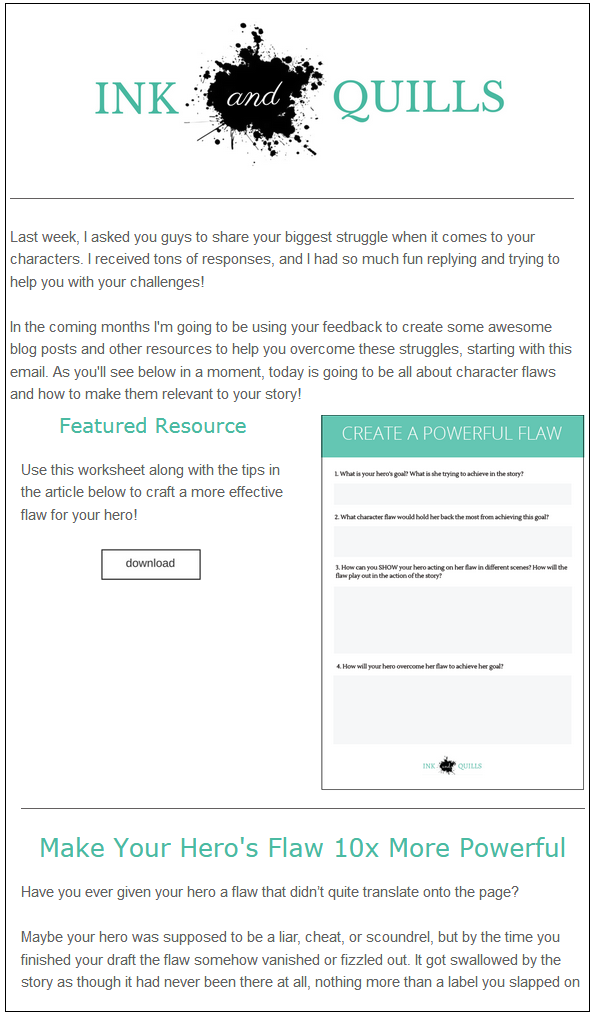
As a non-native English speaker/writer this is really, really helpful! Even though I understood most of the rules of dialogue from reading books, it is something else when they are thoroughly, yet so easily explained to you and exemplified. I do realize now that maybe I wasn’t so aware of them, at least not as aware as I should have. Thank you for this post!
P.S. I am so glad that i came across Ink and Quills!
Awww thanks so much, Cate! I’m so glad I was able to explain it in a way that made sense to you, it makes my day to hear that <3 I wish you the best with your writing!
Extremely helpful! Thanks.
As Cate, I am not a native English speaker/writer either. But I like read many books in English. For me, was really easy to read them.
In Spanish, my native lenguage, dialoges has many rules. I wanted traslate some shorts stories from Spanish to English, and I fond this really helpfull. Of course, for now, will be just as a “homework” to practice, because my english is not so good yet.
I let you an example as “our books” looks, if you use our rules:
—What do you think you’re doing? —Ryan shouted.
—I was just trying to help —the girl backed away.
In translation way:
—¿Qué es lo que piensas que estás haciendo? —gritó Ryan.
—Sólo estaba tratando de ayudar —se alejó la chica hacia atrás.
Our (, or .) can go out the dialoge, if you get a speach tag; and only if the sentence was not finish, or the dialoge continues before that speach tag. If not, then the (, or .) will be at the finish on the sentence.
And there are hundred more rules about dialoges in spanish. 😛 I think in english there are more than exposed here. I will love learning all, because I really wants do a good job when finally decides write (too) in this lovelly lenguage.
I been study yours posts, even helps me a lot to write in spanish, so… Gracias!!!
Hehe,… dialogue/dialogues… Sorry, my mistake.